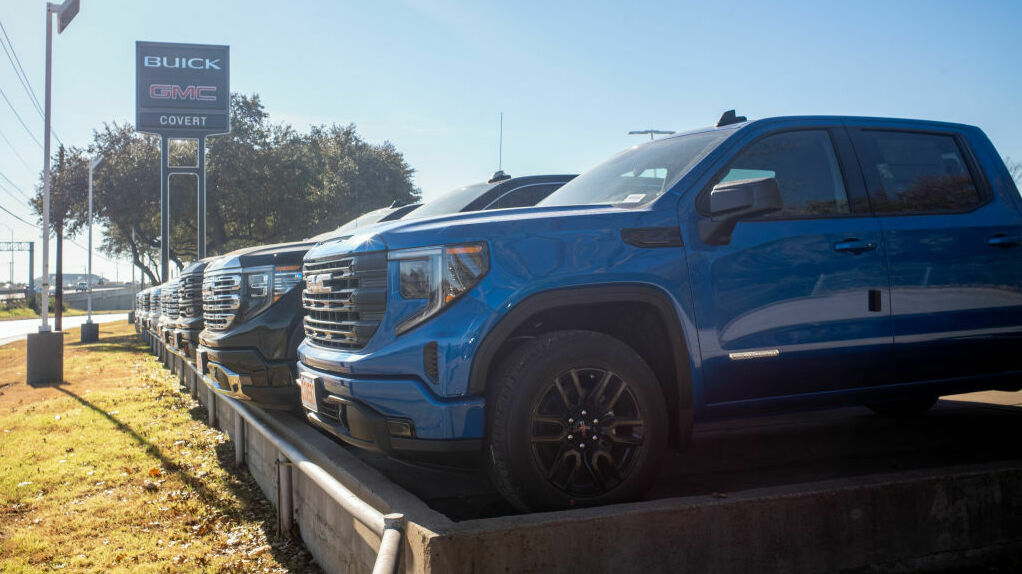Taller cars are more dangerous for pedestrians
by admin

How Tall Are We? The Problem of Safety for Pedestrians and Autonomous Drivers in a Globally Expanding Industry
“The vehicle is striking the pedestrian much higher in the torso region and tends to push the pedestrian forward and down,” he said. “So the result is, is you have a lot more severe injuries, and more often than not a lot more head injuries. “
The US has a growing problem with pedestrian safety in which deaths are at a 40-year high and the number of pedestrians killed is increasing by 80% since hitting a low.
“The front ends of some of the best selling cars in America (full-size pickups) are as high as 55 inches, producing huge forward blind zones that are especially dangerous to children and wheelchair users,” said Angie Schmitt, the author of Right of Way: Race, Class, and the Silent Epidemic of Pedestrian Deaths in America.
How tall are we talking here? According to the IIHS, the average US passenger vehicle has gotten about four inches wider, 10 inches longer, eight inches taller, and 1,000 pounds heavier over the past 30 years. Many vehicles are more than 40 inches tall at the leading edge of the hood. The hoods are close to eye level for a lot of adults.
So, if we have all of this data exposing deadly vehicle designs, why are automakers still allowed to churn out ever-expanding trucks and SUVs? A lack of regulation is one of the reasons. The National Highway Traffic Safety Administration has traditionally assigned safety ratings to new cars and trucks based on a crash test dummy that rammed the car into a wall at high speed. The system only assesses the risks posed to the automobile occupants, and not the danger posed to the vulnerable road users that are pedestrians and cyclists.
It also comes at a time when the auto industry is embracing bigger, more brutish designs for its SUVs and trucks, reasoning that these vehicles are safer for drivers in the event of a crash. It seems that car buyers like to buy into the marketing and snap up these cars in record numbers.
According to the Insurance Institute for Highway Safety, crashes with hoods 40 inches or higher are more likely to result in a fatal accident than crashes with hoods 30 inches or less.
The president of the IIHS said in a statement that some of today’s vehicles are intimidating when you pass in front of them. “These results tell us our instincts are correct: More aggressive-looking vehicles can indeed do more harm.”
Automatic emergency braking, blind-spot detection, and lane keep assistance are just a few of the advanced driver-assistance system features that the new NHTSA New Car Assessment Program will include. But the agency has yet to take into account vehicle design — and especially size — in its assessment, which has advocates fuming.
The US has a growing problem with pedestrian safety in which deaths are at a 40-year high and the number of pedestrians is increasing by 80% since hitting a low. “The frontends of some of the best selling cars…are as high as 55 inches, producing huge forward blind zones that are particularly dangerous to children and wheelchair users,” author Angie Schmitt said.